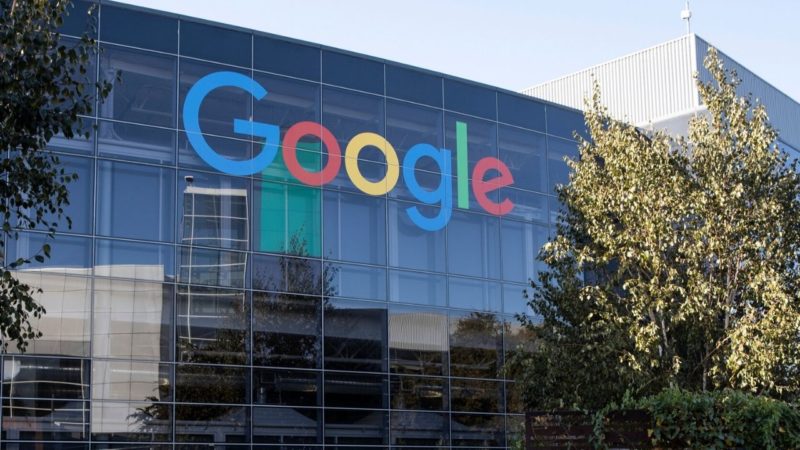Google says its data ‘does not give an unfair advantage’ in the ad tech world
Technology powerhouse Google has denied that use of its ad tech platforms provides brands with an unfair advantage over the competition thanks to the large amount of data it has from its users.
The claim came during the Google Ad Tech September 2021 webinar run yesterday.
Hosts Nitish Korula, one of Google’s ad product directors, and local director of platforms, Barney Pierce, spoke about the evolution of ad tech, how Google’s ad tech products work, and explained that its data “does not give an unfair advantage in the ad tech world”, despite previous claims.


